0 Comments
“Only 41% of CEOs believe employees’ behaviours are mostly aligned with company’s values and direction.” This statement from PwC's annual CEO survey means that about 60% of the employees are not fully aligning their productivity with the company's priorities. As a result, efforts are wasted in the wrong direction. Further, according to Hive17's surveys, about a third of the managers underestimate the importance of goal setting for motivation.
How are you going about setting targets for 2024 to create maximum impact for your business? Hive17 successfully implemented vision to action programs since over six years, driving change for new strategies and large-scale initiatives. At it's core is a interactive approach that translates your strategy into actions in people's daily work. What we deliver is:
Our programs focus on principles, structures, tools and behaviours to enable everyone in the entire organisation to give their best. How do you plan to create more impact for 2024? Source: Leading in the new reality, PwC's 26th Annual Global CEO Survey - Asia Pacific, January 2023 The purpose of any organisation is to successfully deliver value to their customers. The range of customers might be wide and the definition of value and success might greatly vary. Though, in essence that is it. And rightfully, companies are focusing their efforts on selling, producing and delivering their products and solutions.
Recently, there have been new questions and barriers appearing in leadership circles. "I need all my employees to focus in one direction."; "It feels like that internal silos are preventing us from delivering to our clients."; "We need values and a culture that is exciting to work in." All these statements point to a need for increased focus on the delivery of that customer value. We need an effective foundation for our way of working. That is basically the infrastructure to run our operations; or the Human Operating System. The goal of the human operating system is to create an environment that enables teams to give their best. It is about alignment, transparency, change management, motivation, psychological safety and fun. Imagine a flotilla of small boats that independently sail towards a common direction. How these are operated and are connected describes this operating system. Here are some of the key components for this human operating system:
Let's arrange a meeting to find out how Hive17 Consulting can further improve your way of working! Our current times are full of change and a solid strategy is necessary to give the organisation direction and alignment to create lasting success. Furthermore, a meaningful and clear vision is driving motivation and is a strong ingredient for making decisions. Yet, many companies struggle to bring their vision to the ground. Employees are saturated with changing strategies and often don't see how the new directions are impacting their daily work.
"Only 41% believe current employee behaviours are mostly aligned to company values and direction." - 26th Annual Global CEO Survey - Asia Pacific | PwC | January 2023 (link) Often, new strategies come with flashy posters, inspiring townhalls and a set of top-down KPIs. And then the rest of the organisation is left to create success. And in 59% of the cases, it doesn't happen. We need to go beyond that. How can we best engage to translate vision into action? In my experience, there are three key areas:
In the process of setting and propagating targets, it is also important that we provide the wider context and that this is a collaborative bottom-up process. Let the people define their own targets and how to review them. As a leader, your role is to provide guidance and support. At Hive17 Consulting, we have been running 'Vision to Action' workshops for over six years with great success. They are establishing an environment where target setting and reviews are building strong alignment, direction and motivation. Hands up who struggles with people that just do the minimum work? Yes, you are not alone. And it is frustrating to see the potential in people not being used to bring success for the company, for the team and for the individual. Your organisation might have great team bonding and a lot of fun. How well does this translate that everyone is giving their best? In my experience, being a nice and kind leader has its strong limitations. We need to go beyond this and be inspirational and supportive - I'd like to call this positive leadership.
In this context, I came across this Harvard Business Review article that highlights the challenge that we can't push and force people to feel accountable. Fear is a very bad motivator. The alternative, which leads to long-term and a deeply rooted ownership, is creating accountability using compassion. How can we go about this? It is about creating a fertile environment that cultivates that feeling of ownership. Here are some of the key elements for this. One elemental ingredient is a shared purpose - a clear goal that is collectively defined. All team members can identify themselves with this purpose and it provides meaning. This shared purpose is the Why, the direction that enables our daily decision-making. Setting clear goals is one thing; reviewing that we are walking in the right direction is another. No point in setting targets if we don't follow up. Effective teams develop routines to frequently, transparently review their achievements - this means identifying what is needed to further advance towards the defined key results, and sometimes have the courage to adjust them when circumstances have changed. One of the biggest blockers for accountability is the lack of a psychological safe environment - in simple terms: group trust. An environment where people can share their thoughts, are feeling respected, and are having fun, this will bring the people closer to their team members and to the organisation as such - a starting point for accountability. And it provides a lot of energy and drive to give their best. Everyone in the organisation has valuable expertise. When people are able to contribute their knowledge and experience to the advancement of the team, then they will feel proud - about themselves and about the team. So, it is important to be a coach and allow people to unfold their potential. As an experienced manager you might know the solution. Though, it is fundamentally more important to lead your people to find the solution themselves (with your support). Allow your team members to identify and define the How themselves - this allows you to avoid micromanagement. One important question here: if we are such a leader, are there any consequences? Yes, for sure; and they are not your typical: if you don't achieve your targets, you will be fired. There are always real consequences, typically from the ecosystem we are in: our customers are not able to sell their products based on our delays; we will not be able to be profitable; we will struggle to build confidence with our stakeholders; etc. This means we are appealing to their compassion and creating intrinsic motivation. Let's start the change and focus on enabling teams to give their best. Based on structure, routines and mindsets. Source: Hold Your Team Accountable with Compassion, Not Fear; Harvard Business Review, February 2023 We all heard that we need to celebrate success in order to motivate our people. And companies are getting creative: employee of the month, best idea of the month, people awards in endless categories; or they are sticking to the established tools like bonus and commission. And yes, celebrating is great and it gives all of us a short kick. The big question: what happens if we stop with these stimuli? Performance might very well dwindle away. That's the nature of "if-this-then-that" rewards, of extrinsic motivation.
How can we celebrate to strengthen lasting success? Great business outcomes are typically the result of hard work. Let's focus on that! This hard work is in my experience always the result of how well people work together; within teams, across teams and beyond organisational borders. Lasting success comes from high-performing teams which will be able to bring solid and sustainable change to your organisation. What are the typical barriers to high-performing teams? These can be summarised as dependency on the leader, lack of structure, risk aversion, and lack of safety & inclusion. This means, when we want to increase the collaborative performance in and across teams, then we need to look at building a solid structure and principles for the way of working. We need to find ways to manage risk by experimentation. We need to provide a work environment where we leverage diversity and people feel safe. And most importantly, all team members need to become leaders and contribute to the direction of the crew. So, let's celebrate the collaborative success! And this means we focus on the why and what - we celebrate permission and direction. The permission and ownership we are delegating in order to enable leaders across the board; the direction that we build together and provides us with a meaningful team glue. This will be the foundation to manage great change and transform your company forward. How are you strengthening your team to thrive in a volatile and chaotic environment? Since a decade or so, it has been a good measure to involve people, ask for their opinion, and get them engaged in most company decisions and initiatives. This is intended to cultivate intrinsic motivation and a more enjoyable workplace. Now, we look back and think: what went wrong?
The employees don't see how their contributions have been considered in the decision making process, coordination efforts are getting bigger and complex, and managers are fighting with inertia and resistance. On top of that, everything seems to be a crisis today and we are involved in daily firefighting. As a result, we fall back to micromanagement, forget about being transparent, and all previous good intentions are thrown out of the window. It appears that we are schlepping a huge rock behind us. Who feels like this today? Is there a different, alternative way? Instead of being a truck driver with an ever increasing load, imagine you are a conductor of an orchestra. The load is distributed to the musicians in your ecosystem; you are providing a platform for the group of people to collaborate together on the output and the manage the change in their environment independently. This will create motivation in your team and it will make your job easier. How does that look like? What are the key ingredients to transform into a director's kind of leader? In my experience, it takes a few, simple steps:
I know it is so easy to fall back to the old way of doing things in times of stress. It is important to practice this leadership style and establish routines. Lasting change will come very soon. How does it feel to make this switch to an orchestra conductor? People often see me as an evangelist for letting go of control. What I mean by this is a leadership style that is focusing on creating a platform and an environment for the organisation to be successful. Basically that is less of 'command & control' and more of 'facilitate & guide. In practical terms, this is delegating the relevant decision making power to the front.
Ok, nice. "I agree with the principles but it is so hard." - that is what I often hear from leaders. And yes, this requires a mindset shift from everyone in the organisation and that a bit of an effort to establish new routines. So, why should I invest in change? Through my change management practice, I have collected evidence from four different sources that illustrate why delegating power and providing self-control leads towards success. Drive, Dan Pink - As a change manager I believe in motivating people intrinsically and Dan Pink describes this with simple principles in his book 'Drive'. Purpose, Autonomy and Mastery are the key ingredients to intrinsic motivation. The element autonomy is then about giving the people and the team to freedom to decide on their priorities and to design their way of working by themselves. In the end, autonomy removes a lot of frustration and is key to engagement. Turn the Ship Around, David Marquet - If delegating power works as a leadership principle in a submarine of the US Army, then this can work anywhere! David Marquet has transformed Santa Fe into a leadership development campus where leaders are leading leaders. In his book he describes why bringing control to the front is so important and explores the two support pillars: capability and clarity. Scrum.org - agile software development has taken over the business world and it is all about delivering results fast. The key principles here are understanding the customers, experimenting fast in short iterations and establishing a self-organising team. The scrum teams take ownership of their priorities, their roles, their way of working. Lean Management - when managing change in operations, teams often rely on lean management. We have all heard of the 7 wastes of lean and how the goal is to create flow. All of this though, is only possible if this can happen directly within the operations, removing hierarchical bottlenecks and allowing the frontline teams to make decisions; this is called shared leadership in lean. In simple terms, I believe if you want to reach your targets faster, and you want that your outcome is creating more value, then letting go of control is a great recipe; the changes in your organisation will happen smoother and with more success. What are your routines and behaviours that are supporting this new leadership style? Sources: Drive, Dan Pink Turn the Ship Around, David Marquet So What is Agile Really About? What Is Shared Leadership For Lean? One observation I made over the past years is that there seems to be a growing gravitation towards focus on individual work. This not only establishes silo mentality and makes collaborating across departments, geographies and hierarchical levels more difficult. This also stimulates individualism within teams; a blame culture is nurtured and the spirit of working together fades away. Elements that are nudging in this direction are the way we set objectives and rewards, the mandate of individual job description, the setup of functional organisational structures, etc. They often reward individual contribution over team achievements.
At the same time, there are tons of information and concepts that praise and promote the fact that we can reach ultimate success only by collaborating with others: Google research, High Performing Teams, The 7 Habits of Highly Effective People, etc. While we can be efficient as an individual, the great achievements and the effectiveness of an organisation only stems from the collaborative advantage we develop in groups of people. Why do we have this controversy between individual and collaborative efforts? Maybe it is the lack of ability and tools that nurture, cultivate and nudge towards the right behaviour and mindset. Here are some ideas from my experience.
Does this sound like a lot of work? I admit, this is not a shortcut. Still, these efforts are a worthwhile investment that leads to lasting success and extraordinary results. Benefits are that we unleash creativity, we engage and motivate the people, we establish a psychological safe work environment, we retain people and we enable the company to grow beyond the current box. What have you recently done to stimulate cross-silo collaboration in your team? Source: re:work - The five keys to a successful Google team Read more about Magic Pill #1 - Reflect Your company sets aside a certain percentage of your work to be innovative. You and your peers are supposed to come up with the new big thing. And creativity simply doesn't strike. Improvements seem to be incremental. Your customers for a long time didn't experience that 'wow effect'. Something is wrong. And, you are not alone. Many companies come to Hive17 Consulting to seek for inspiration and creating a new spin to their operations.
Going down the same path will lead to the same destination. One key element what we are offering is thinking out of the box. No, it is not enough that we at Hive17 are thinking out of the box. The teams we are supporting need to think out of the box! How are we facilitating this change? Three elements. Creating a positive environment. This is important because our brain works more creatively when we are in a positive emotional state. New ideas flow and we are able to build on top of the ideas of others. Here we aim at creating a meaningful context, allow people to warm up; something that simply works better in person. Use a new approach to problem solving. When you keep applying the same methodology, you might reach similar results. That's why we introduce new problem solving methodologies, for example design thinking. And if you are already using it, then it is a good idea to ask another person to facilitate through the journey. Ask different people. Diversity sparks new ideas; when we open up our mind and our perspective, new solutions will flow. Important here is to put more efforts on customer centricity. Who are the groups of people you are creating value for? Going broad on this question and talking to representatives of these groups, is a good start. How often do you feel that you and your teams are thinking out of the box? Resistance during a transformation journey can build up at any time, at any part of your organisation. Two elements are vital to overcome barriers: keep positive engagement high and develop the right skills. Both elements will increase confidence and therefore smoothen the path to the future state. Transcript
Hi, when we start a transformation program, we are pretty excited about what is coming. How excited are the adopters? Often, they don't feel ready and well equipped for their upcoming change. How can be then accelerate the confidence and the capabilities in our adopters? In this series, we introduced the four knowledge areas of the CPC change management methodology. These themes guide us on what to consider in our change activities. My name is Tim Wieringa and I am a change management practitioner here in Singapore. Today, we talk about engagement and enabling. This knowledge area is targeted at two things: the motivation and the ability of the adopters; the people we want to guide to the future state. Let me illustrate this with an example. About a year ago, I was supporting several teams in an agile transformation. They conducted regular pulse surveys and unfortunately, the psychological safety score was pretty low. One specific leader shared with me that the motivation was very low and the team members' behaviour was very reactive. We addressed this with a small self-organization program which was very impactful to drive ownership, priority setting and proactive behaviour; essential qualities for an agile team. With this case study, we understand that the change journey is individual, and we need to feel the pulse of the adopters on where resistance is building up. And address them at the root. This might be a simple skills program or the broader aspects of the transformation. Thank you for listening and click on the link below to learn more about how to become a Certified Associated in Change Management, and stay tuned for the next episode. Hive17 Consulting is excited to announce the partnership between CPC Consulting and TUV Rheinland to bring a new change management certification to Singapore and Southeast Asia. These two partners have been offering the programs in Germany and China and now decided to expand their regional reach.
Change is a constant in today's times - we are all on journeys to capture new markets and innovating our value proposition to our customers. How successful are your transformation initiatives? Do you have the feeling that the adoption takes too much time? What is your recipe against low motivation and high resistance? The certification program designed by CPC Consulting is successfully combining a broad view across different methodologies and distilling these into their own clearly structured and hands-on approach. Hive17 Consulting is endorsing the CPC methodology not only based on its simplicity; we also support the hybrid learning path: the program is structured in three tiers, as a combination of asynchronous online learning and synchronous classroom workshops. What do you think about these programs? Who in your organisation network might be interested as well? Please spread out the exciting news to interested friends. In one of the projects I am supporting, we are going through regular activities to define and review objectives and key results. In this context, the difference between output and outcome is emphasised. Outputs are defined as features the team can develop, like a information dashboard. Outcomes are defined as business value the teams can impact, for example customer insights. In this context, the teams should focus more on the business outcome; they create more meaning for the customers and also for the team members themselves.
While this distinction as a concept is good, I feel that in practice it is sometimes difficult to grasp that distinction. In the example above, we can argue that customer insights are an output, and the outcome is the new solutions we can create based on the insight. That's why, I want to suggest that we are going deeper in discovering and defining our goals. In problem solving, I often apply the method of the Five Whys to better understand and comprehend an issue, a challenge, an opportunity at hand. Based on the these whys, we can discover root causes and explore a wider range of reasons how we can address the problem. This helps us to find better solutions and opportunities that were not obvious at the beginning. I think, we can apply the same method for goals, objectives and key results. We want to better understand why we are creating a specific feature. And if we are not going far enough with that understanding, we are limiting our solution horizon and constraining the meaning and purpose for the teams. On the other hand, we want to motivate and engage ourselves and the people around us. The next time we are defining our goals and OKRs, let's ask the team what is the outcome that comes next - 5 times. For example: more customer insights > new solutions that create more customer value > more co-creation together with the customer > better solutions for the larger ecosystem. The benefits of the Five Whys for goals are a) identify better solutions, b) create meaning & purpose, and c) cultivate more team engagement. How do you see you can apply the five whys for your objectives? While I am partnering with teams to allow them to become stronger, faster and successful in competitive, complex and ever-changing business environments, I often take out the tool of Objectives and Key Results (OKRs). When implemented correctly, they allow teams to get aligned into a common direction, to focus on what needs to be done now, and to create transparency on where we are and where we want to shift resources. When handled carelessly, then the implementation can also lead to frustration and disengagement.
Where as a leader do I need to be careful with when implementing OKRs? When I am implementing OKRs, I put a lot of focus on defining them with autonomy in the team. There are a number of external elements that give direction to the team, for example the company vision, market developments, customers' needs & insight and so on. Then, it is up to the team how they want to define and formulate the objectives they want to aim at in the long term. And, then identify the key results they want to achieve in the next three months. The team is in the driver seat and is in constant communication with their leaders to create alignment. In my observation, this process has proven to be highly motivating and meaningful to the teams. We heard many times that goals need to be specific, and yes, for the short-term key results it is important to bring clarity on the work we want to engage in now. At the same time, making the objectives too specific can act as a barrier to exploring alternative ways to reach the north star. Ambitious targets are a two-sided sword. And recently in my work I see that teams are simply exhausted and demotivated because they don't see how they can possibly achieve their OKRs. I often explain teams that they better travel light on their journey (with a smaller set of key results) and when these are completed, they can look a their backlog and "load" new key results. If their backpack is too heavy, it will slow them down. In this sense, it is good enough to aim at 70-80% achievement of the key results - something that I have read in the original description of OKRs (re:work). People are inherently ambitious with the right purpose guiding them. Targets don't need to be ambitious. Tracking and scoring OKRs is also a delicate path. Here the clear intention is creating transparency and input to decide where to allocate resources for the next month. This review step is intended to create breathing space and reflection on where we are on the journey. There needs to be a level of trust between the different parties to make the review process smooth. When no trust exists, this activity will end up in frustrating micromanagement. Thanks to the Corporate Rebels to inspire this reflection with their article The Dark Side Of OKRs (And Why We Should Care). What are the pitfalls you have been observing when introducing OKR? "How do I motivate my staff?" This is a common question and an exciting one for me. This week I started to bring it in relation with resistance to change. I think these two topics are two sides of the same coin.
How do I motivate? How do I remove the resistance to change? The answer in my eyes is "simple" and from the start, I admit it is not easy to actually do it - let's get later to this. If you impose change on people, they will resist. This is basically wired in our brains. When you provide the space to people to define their own change, they are excited about the things that will come. They are motivated to start their change journey. This means, true motivation and change comes from within. As a leader, what do I need to do? Something many people don't feel comfortable to do: let go of control. In their respective scope, allow teams to define what they want to achieve and how they want to get there. This means give them the necessary decision-making power and resources. This freedom is exciting and unleashes a huge potential. OK, I get that... How do I get started? Letting go of control is scary. So, let's start with something small, an area where risk is small and where your teams and you as a leader can try out, how the delegation of control works in your environment. In this case study, you can find an example in a factory. Another example is giving ownership of the office coffee area. Recently, I am also suggesting to give your people control over where and when they work. Why not? One last question: how did you feel when you took responsibility over a certain area? Many companies are in the process to define the annual performance goals and in this context, we often talk about accountability. Harvard Business Review was recently sharing some interesting insights, how these goals are set; for example, 21% of the employees feel that they can control their goals and 69% of employees feel that they don't perform up to their potential. How are you creating motivation and ownership during these goal-setting conversations?
At Hive17 Consulting, we are conducting Vision-to-Action programs that translate your strategy into changes in people's daily work. In this program, we create an environment where the teams, the employees, are defining their objectives themselves. As a result, we have observed that these teams are taking more ownership of the outcome, are collaborating closer together, and the delivery quality improved. What are the key points that drive engagement during the goal setting period?
How do you feel about giving away control? Source: How to Actually Encourage Employee Accountability We are excited to provide you with the findings of our follow-up study about how leaders in Asia and Europe are working through the pandemic. If you remember, in July we published the first report: Teams Come First - New Business Models Later. Here comes part two...
The second study has crystallized some key questions for the way forward: How do you provide a sense of stability in an uncertain environment? How can you focus on Employee Motivation and Customer Value? And, how can you keep nurturing solid relationships in your ecosystem? The results also show that people - and that’s employees as well as customers and business partners - are taking center stage. Still, many people indicate that they lack direction and vision. Complete report: hive17.com/antifragilityreport2021 Now is a great moment to evolve and develop your teams and your business. How do these questions and topics resonate with you? In the last post, I shared arguments to shift from command & control to guide & facilitate leadership. What does that actually mean? What are the new leadership routines? In the context of positive leadership, I am promoting two key activities for an effective leaders: establish a collective dream and actively let go.
Let me start with one question: as a leader, are you controlling your entire ship? And is that actually something you want to achieve? How can you ensure that all relevant information is coming to your desk? What are you levers to motivate your teams to follow your vision? What is the behavioural impact of taking central control? And, do you want to take this burden on yourself? This approach of running your organisation might lead to bottlenecks, people not performing to their potential, and slow-down of the organisation and the people. So, how can I engage in the two key activities and give control away? The start is to create a collective dream (guide); a dream because we want to evoke passion; collective because the dream is created and lived by everyone in the organisation. One important result of this collective dream is that everyone is looking at lasting success, and this is based on a balance between delivering positive outcome and developing the organisation and the people to become better. Here some suggestions:
In one of my recent coaching engagements we talked about this collective dream in the context of a people initiative. While we discussed the objectives and the motivation around this initiative, it became apparent that the goals of the people responsible for the implementation where not aligned with the business intention. We identified a potential resistance and started to work on the alignment of the objectives. Once this meaningful direction is established, the second activity is to actively let go (facilitate). With this we start to increase decision-making power at the front (where the information is). Here the qualities of curiosity, appreciation and learning are so important. As a leader, you start to appreciate the capabilities and progress people are making; you are curious to discover new approaches to solve problems, and you are experiencing that you can still learn a lot. Key activities in while letting go are:
Coming back to the coaching engagement above, we identified that the regional expert acted as a central node of expertise. This created bottlenecks and hindered learning across the regional group. We then established regular sessions where we facilitated conversations between the local experts that they can share their practices and ask for direct support from peers. This example also shows that we are creating leaders on all levels. And in my experience, providing guidance via a collective dream is often well understood. Though, many leaders are still afraid to let go. What hinders you to let go and give control to your people? When is the last time that you have been frustrated that you have not reached your objectives? This might be a personal fitness objective, an ambitious result for your sport or a project deliverable at work. In my practice, I observe that most people are setting goals that seem to be unachievable. Which can lead to frustration and in the best case, lack of celebration. Is this in itself a bad thing?
Setting high ambitions are a great thing. They can induce passion and purpose we want to strive for. This collective dream brings the members of a team together, they create alignment and meaning. There is no doubt, ambitions and objectives are essential. And this collective dream makes us start the journey. Though, they are not good to sustain our motivation. A true, deep motivation requires that we are disconnecting enjoyment from the actual achievement of the goal. This means, we appreciate the journey that leads towards our ambition. As a swimmer, I have the ambition to reach a certain result in an open water competition. Though, I enjoy the preparation and training that leads to achieving this result; this keeps me motivated. Similarly at work, while we set a specific goal to bring our operations to excellence, we appreciate what we are learning along the way. The goal is almost an excuse to create a journey of excellence. In order to build this motivation, I suggest to keep reminding yourself about the feeling that is created by the activities (and micro-achievements) that lead towards your big picture goal. Make the journey worthwhile and valuable in itself. Then you might never lose momentum to reach your collective dream! What are your new resolutions for 2021? The start of the new year is usually the opportunity to rethink our priorities, to trigger new behaviour, and to create a new, positive momentum for personal growth.
In the last few days, while asking people about their 2021 priorities, I heard a few times the same thing: "I need to see what my boss tells me". And to be honest, I was a bit shocked. Who is owning your priorities? Here is what I think: work is part of our life; a considerable part of our life and our well-being and our achievements in our job is defining the success we feel in our entire life. Therefore, I think it is important to first understand what we want to achieve in our life overall. In 10, 20 years, what is the life we want to look back at? What are the fundamental values that define me as a person. Based on this we can then see how our current work fit into our life ambition. How does our career contribute to the betterment of ourselves? In this sense, now at the start of the year, I suggest to start to think in two steps:
Start 2021 with a new resolution: take ownership and be proactive! For many leaders it is obvious to focus on long-term benefits; for our shareholders, customers, for our employees and many other stakeholders. We will be able to survive, grow and we are focusing on sustainability and lasting success.
Still, this McKinsey study shows that the majority of executives feel under pressure to redirect resources from strategic initiatives in order to meet short-term financial goals. This is impacting the sustainability of the business. The company will reduce its readiness for the future and the motivation of the people are jeopardised. The article formulates five behaviours that brings back the leadership focus to long-term objectives. 1) Invest in risky, large-scale initiatives which help the company to navigate into a position of growth. These initiatives can be about digitalisation, product innovation, talent development, exploring new markets. 2) Design a portfolio of strategic initiatives that in its sum are delivering positive value. These initiatives focus on how to maximise the value creation with existing assets; this can be in the areas of operational excellence. 3) Continuously allocate resources and people to strategic revenue generators. This also means to regularly exit old businesses; this allows you to focus on growing forward. 4) Take a broad range of stakeholders into consideration (beyond shareholders). Generate meaningful value for customers, employees, business partners, the society and the environment. This will also secure stakeholder value. 5) Ensure that short-term gains are not jeopardising your long-term success. Navigate through a crisis that will make the company stronger. How are you navigating around the temptation to focus on short-term financial goals? Often, I get involved in discussions about how to motivate people; simply because I believe that in order to achieve excellence, we need people that are excited about what we want to achieve in our company. In this context, it is difficult to avoid the topic of financial targets. In my eyes, financial targets are a contributor to dissatisfaction when handled wrong. When handled right on the other hand, they don't motivate. Why is that?
Here, I want to share some of my thoughts about financial targets; and I am happy to hear your comments as well.
What are alternatives targets then? In a discussion with my friend Daniel Benes, he has suggested three key factors to focus on:
Which key performance indicators create success in your teams? In an environment of uncertainty and complexity, anti-fragility will allow you to create lasting success. That's a nice sentence and many people agree to this. And then the big question comes: how do you get there? how do these puzzle pieces fall in place?
Two months ago, I posted my leadership view on the four pillars for agility: customer value, purpose, relationships and experimentation: How to reach agility? Four Key Drivers for Leaders. Today, I want to come back to these pillars and share how they fit together. The underlying premise is that your company is acting in an uncertain and complex environment. Now, in this uncertainty, you want that decisions are made fast and bottlenecks are removed. This means, you need to empower the people at the front to experiment and try out what might work - and learn. You need to increase their autonomy to allow your teams to run forward with high velocity. Now, many people argue that this will only lead to chaos. Yes, and while we allow our teams to run forward, we need to ensure that they are moving fast in the same direction. The organisation requires an aligned and transparent understanding of the big picture purpose. Important, this is not a top down vision. I like to call it the collective dream which is evolving with everyone participating. What is the key ingredient to this collective dream? Our customers decide if we are successful. That means, we need to create value for them. The company purpose and the different team purposes are highly influenced by how we are creating value to our customers. And this is based on a deep understanding of their needs and challenges. The fourth pillar is about creating a platform that allows the teams to run forward in the right direction. This platform facilitates cross-silo collaboration which allows quick sharing of information and further eliminates barriers to speed and fuels creativity. Smooth collaboration is based on common goals and good relationships. As a leader that drives anti-fragility, your role boils down to two things: bring the people together to define a meaningful and customer-focussed purpose. With this established, the second role is removing bottlenecks, providing resources and further driving motivation. Sounds easy and yes, it takes a lot of efforts to become this agent of success. The other day, a financial adviser shared with me that there will be a market correction coming soon and I should put my planned investments on hold. I was contemplating on this... What happens if many people believe in this correction and act accordingly? The spiral will go down. And, what will this mean for the companies I planned to invest in? They might lose funds and their growth will slow. Is this what I am believing in?
As a leader, I think we have a choice. We can follow the advice, maybe get richer ourselves and then what? Or, we can stick to our long-term investment strategy, support the organisations we are passionate about and reach our long-term growth targets; not just financially. So, what does that mean for leaders? What can we achieve with financial targets? How is this creating engagement with your teams? Can these monetary targets be meaningful? Aren't these objectives leading to more selfishness? As an alternative, we leaders can follow our passion and activate excitement among our team members. This will stimulate motivation and will lead to value creation for our customers. We can develop a greater and collective feeling of purpose. This collective dream will strengthen the collaboration in our team and across the wider ecosystem. When you sit down with your team and define your goals, try to go beyond these dollar figures. Think about the results you want to achieve for your customers and with your business partners. In addition, specify the work environment you as a team want to cultivate. These are objectives that will bring meaning, excitement and passion to your team. How are you leading beyond financial targets? Challenging times are dragging us down. We see that among our friends at work, and we observe that about ourselves. We feel frustrated, overwhelmed, angry and this feeling lingers and gets stronger. Why is that? This downward spiral is often related to negative self-talk. But, how can we prevent this?
Andy Puddicombe says that you have a choice. Either you choose to succumb to your challenging emotions and make them worse with your own thoughts. Or, you can choose to observe them, to live with the challenges around you and let them go. What does that mean in your daily life? The idea is to start to feel in balance and get at ease with the many challenges and opportunities in life. Focus on what is real and the things you can influence now. And, accept the things you can't. Then, you can slowly view the positive impact of the challenges and try to turn them into opportunities. Judgement of others and of yourself will peel away and you have the brainspace to focus on the actions to succeed. As a leader, you can be patience with your team members, recognise when they (and yourself) have a bad day - that's part of life. In addition, define (collectively) meaningful goals that provide the big picture; this allows to turn current challenges into a stepping stones for a successful future. Don't fret when your team members do mistakes; they are part of the learning journey. The same way as they were on yours. And what is in it for the company? Happy employees are 12% more productive than unhappy ones. And this also stimulates creativity as well - so important for innovation. Illustration: Headspace |
Subscribe
Receive our monthly themed summaries of our thoughts: click! TimTim is a change practitioner in the area of innovation and excellence. He is working with teams to accelerate innovation, collaboration and agility. Categories
All
Archives
July 2024
|


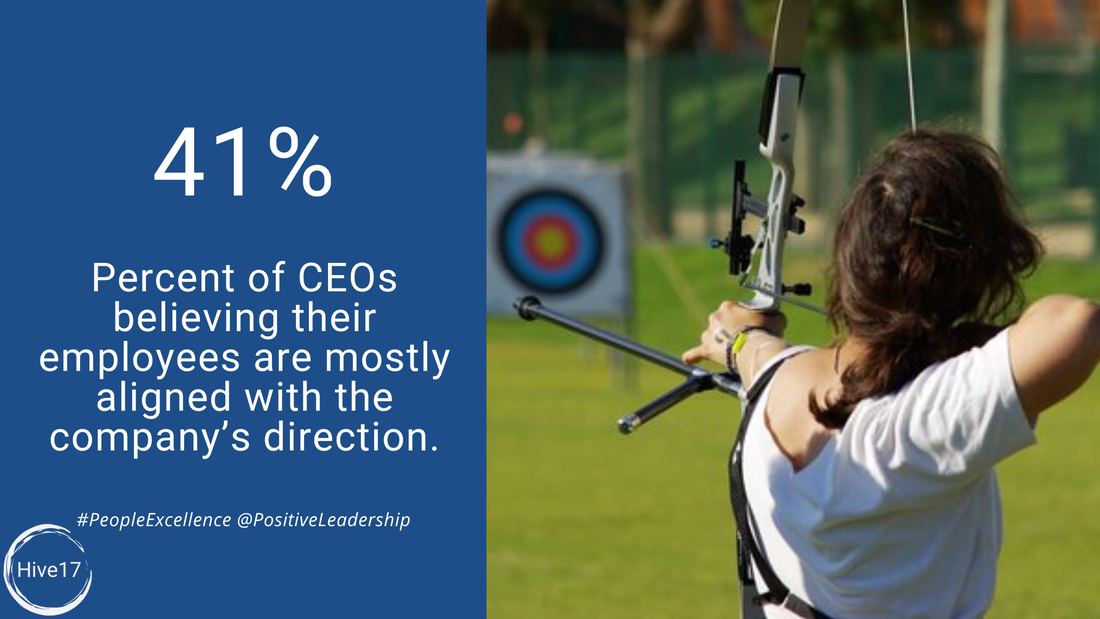
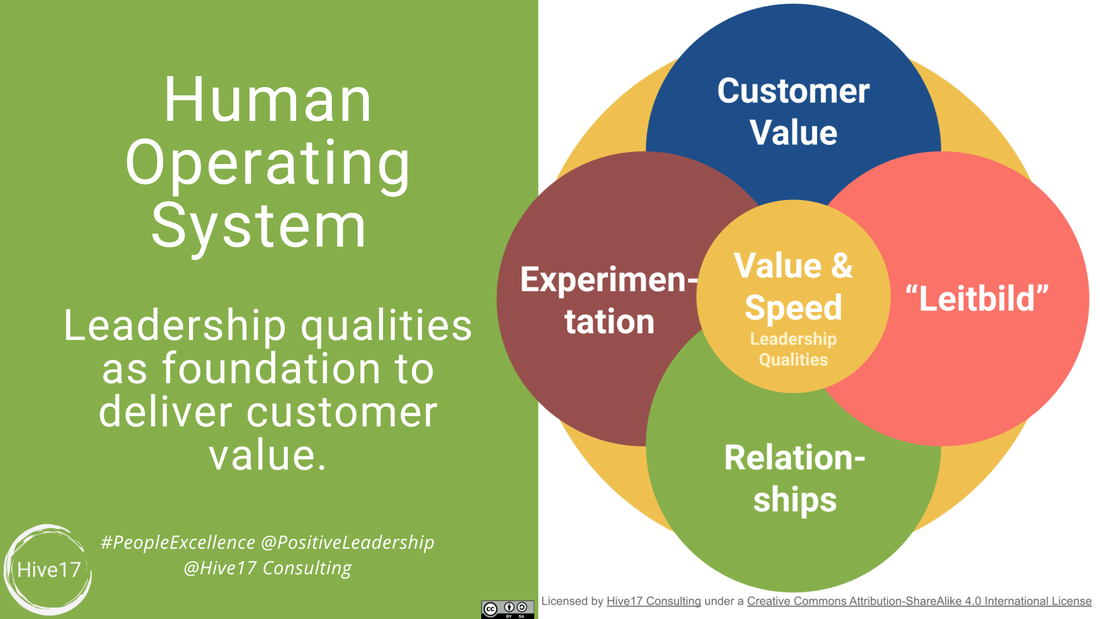
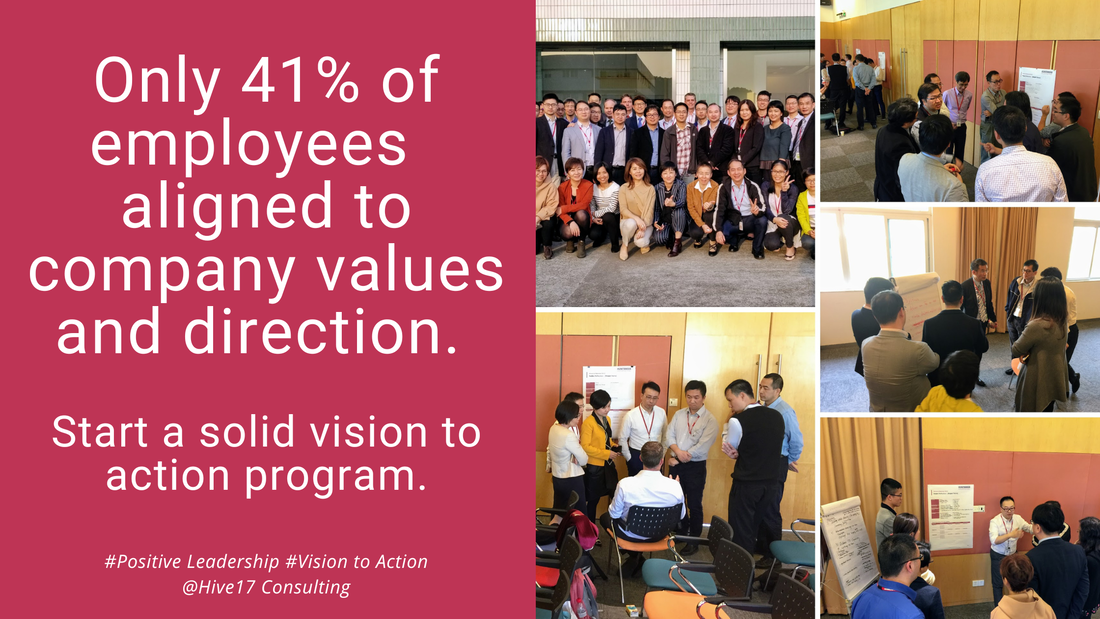
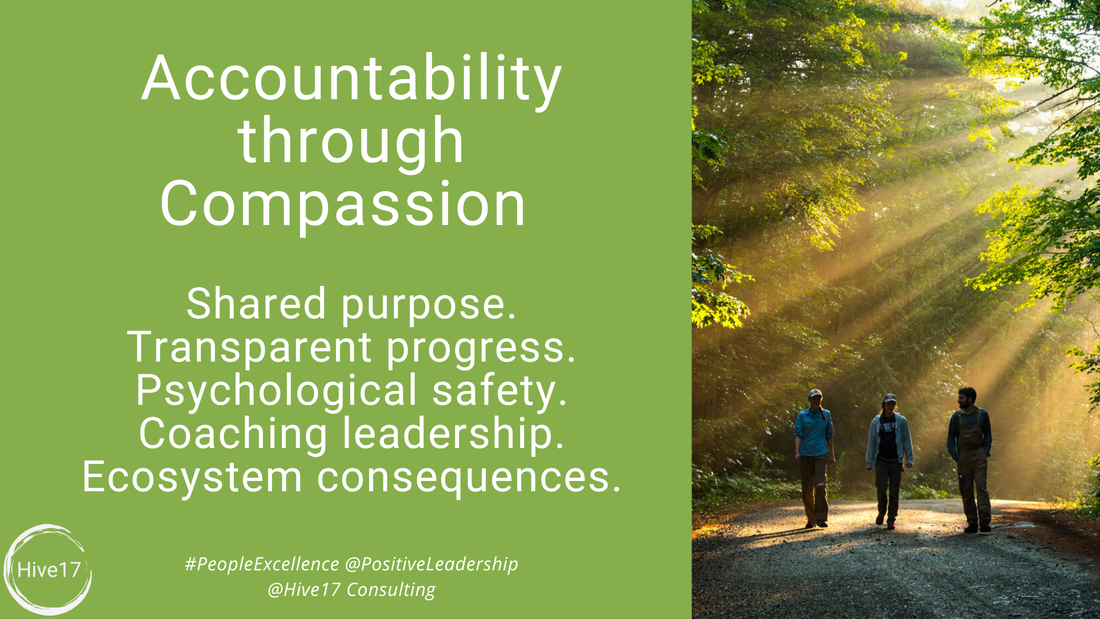
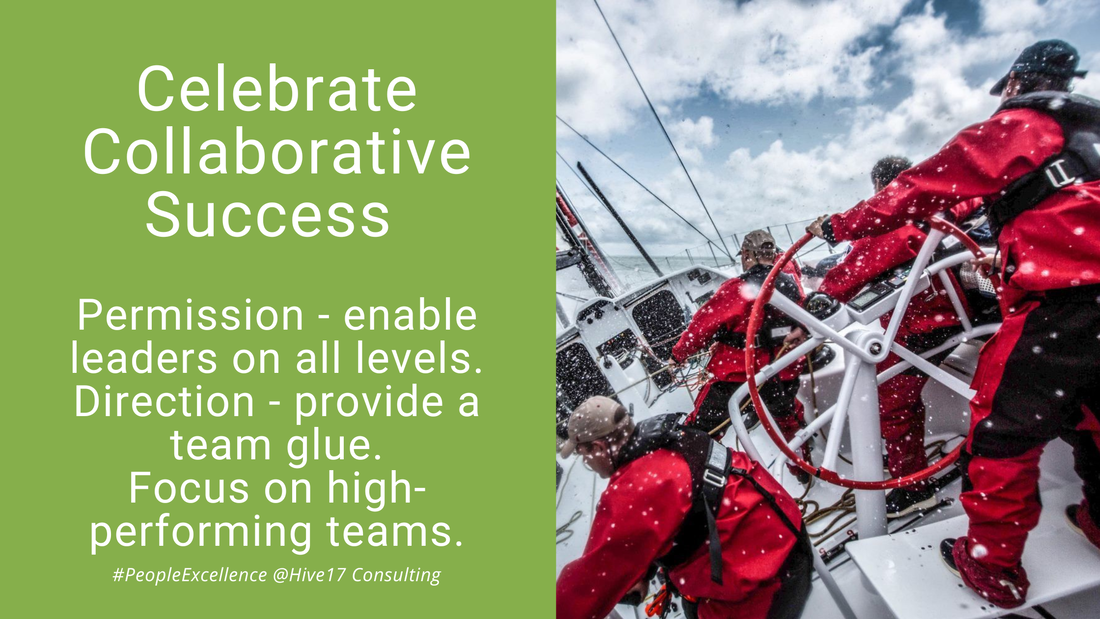
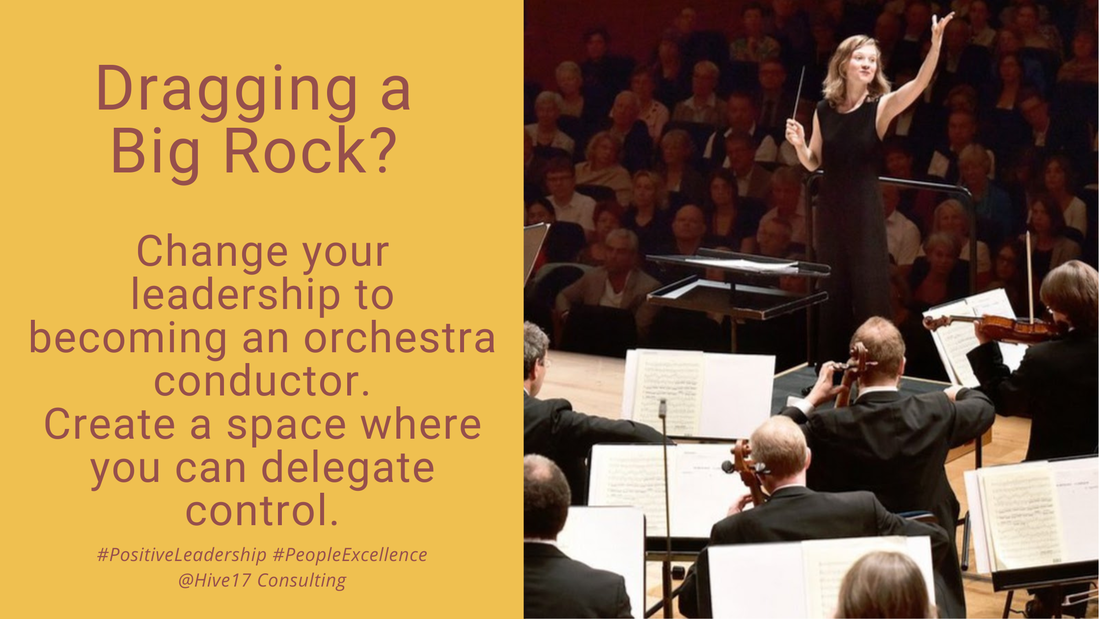
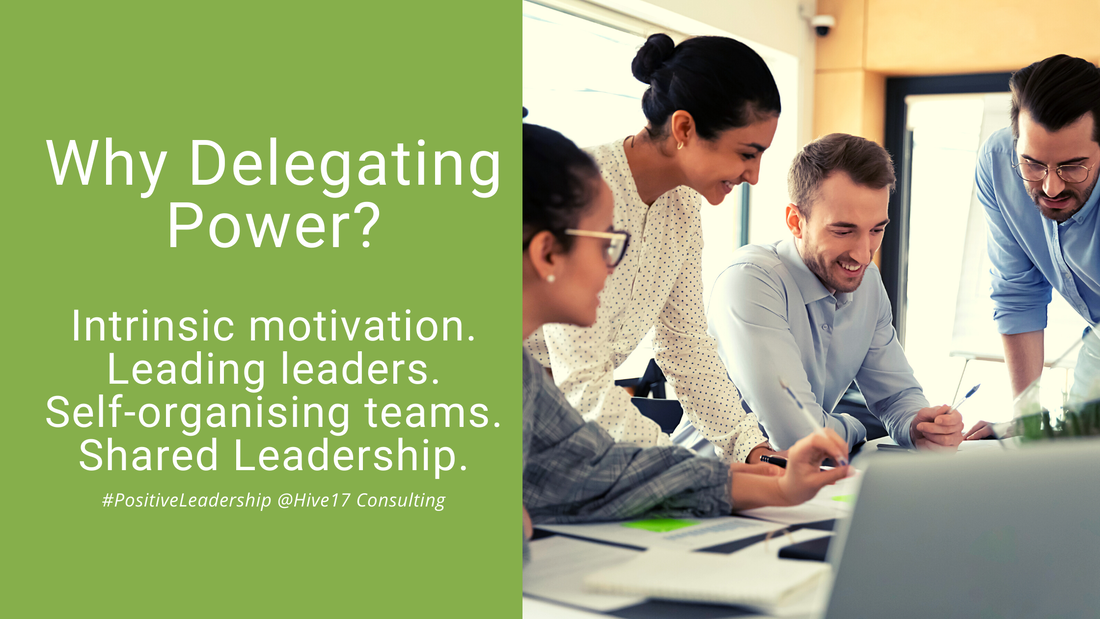
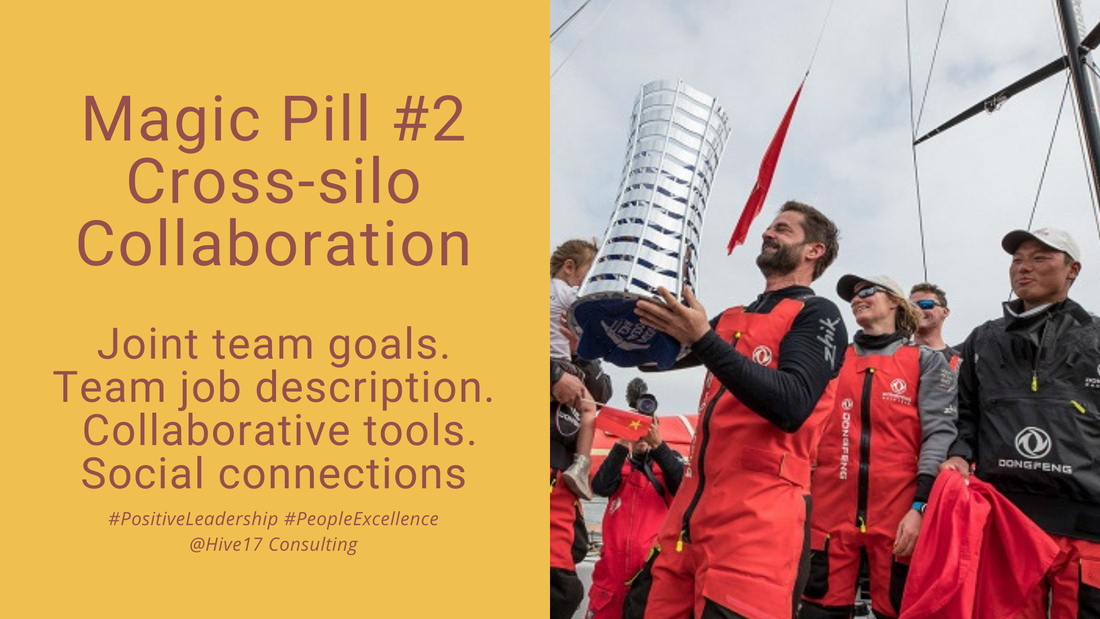
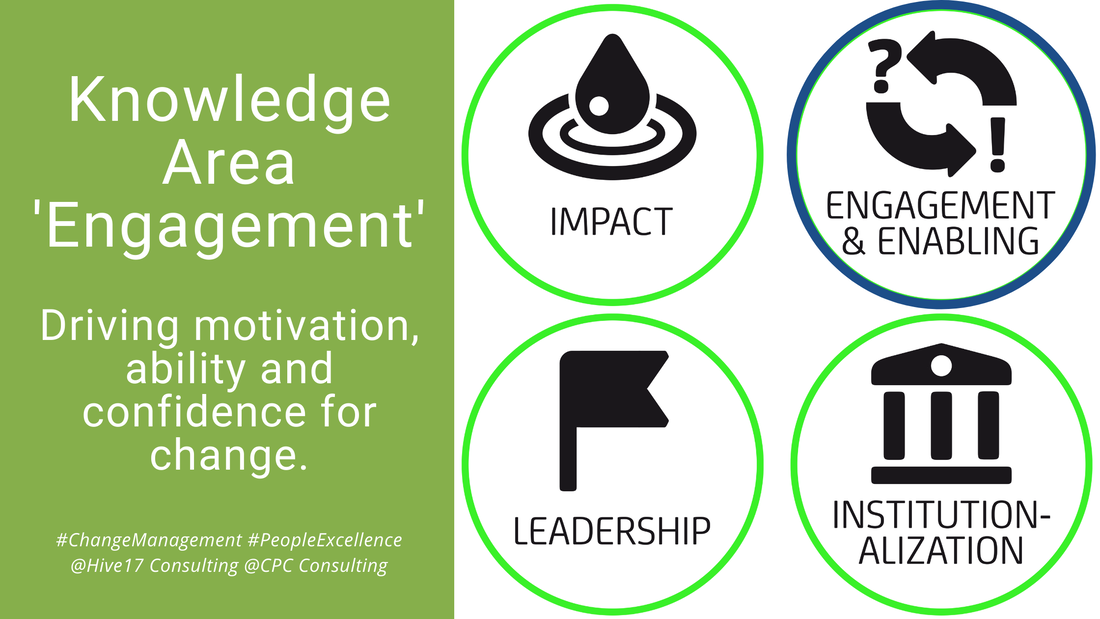
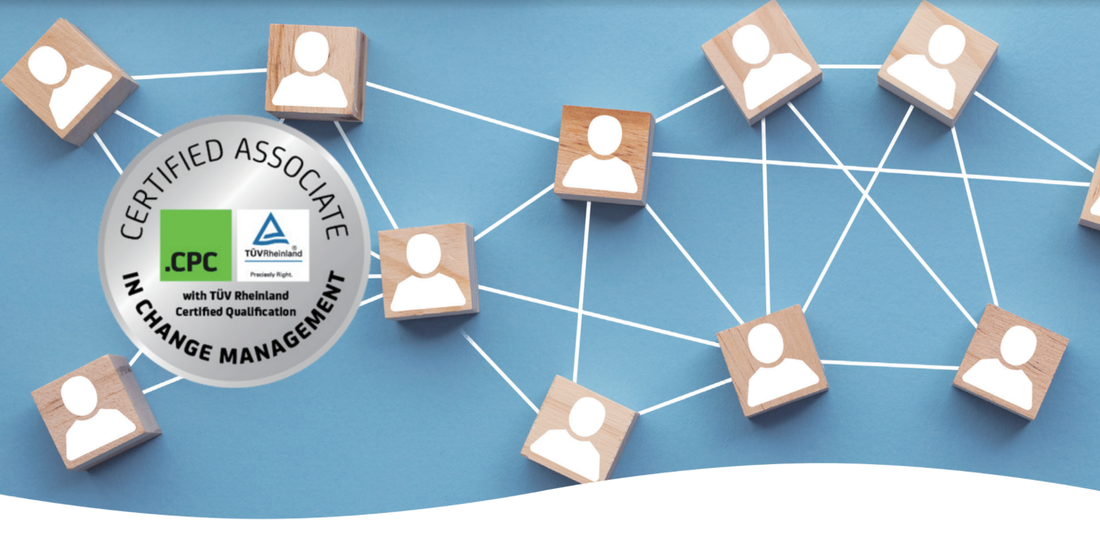

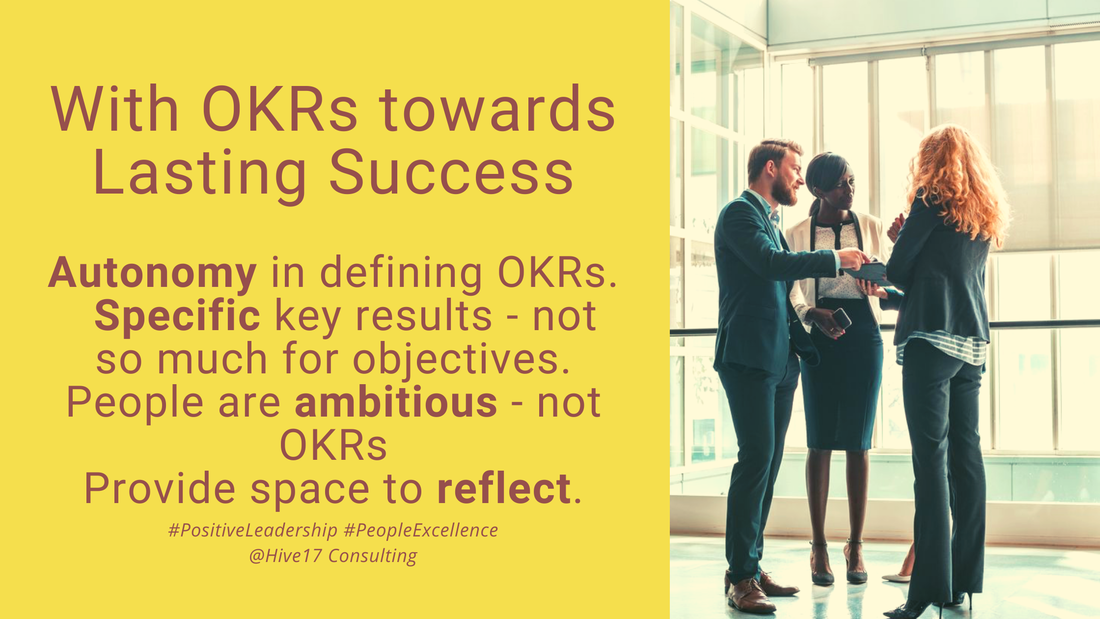
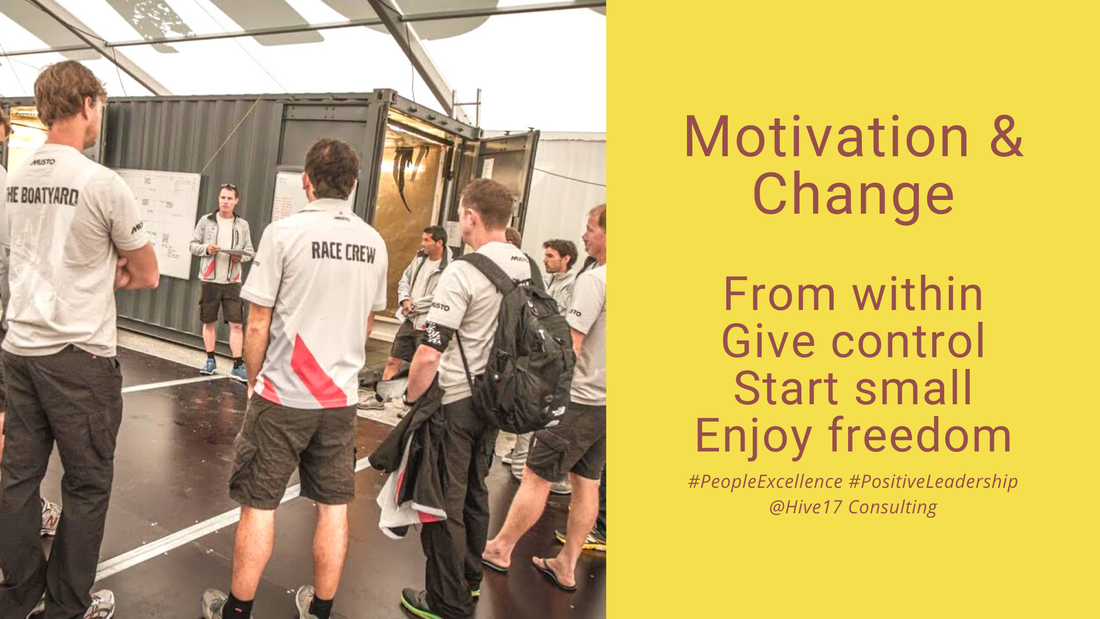

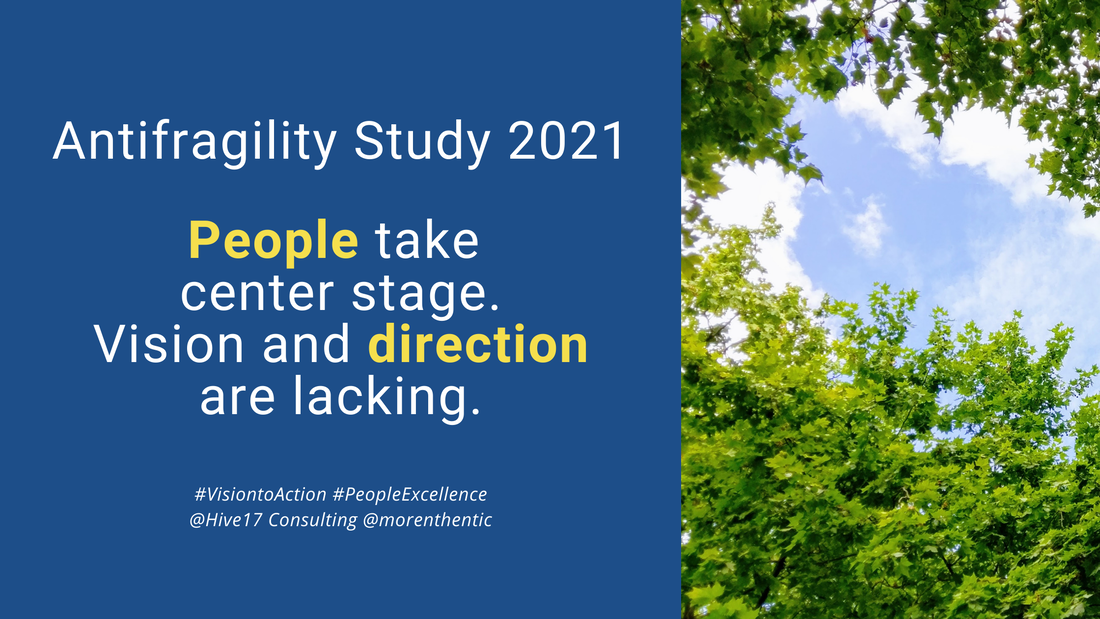
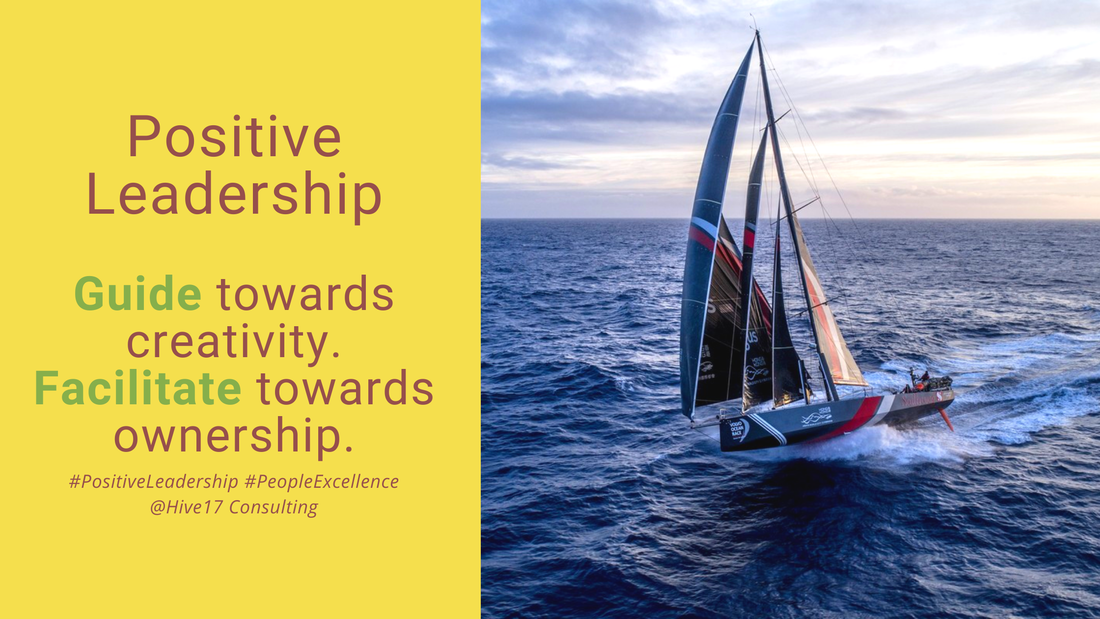

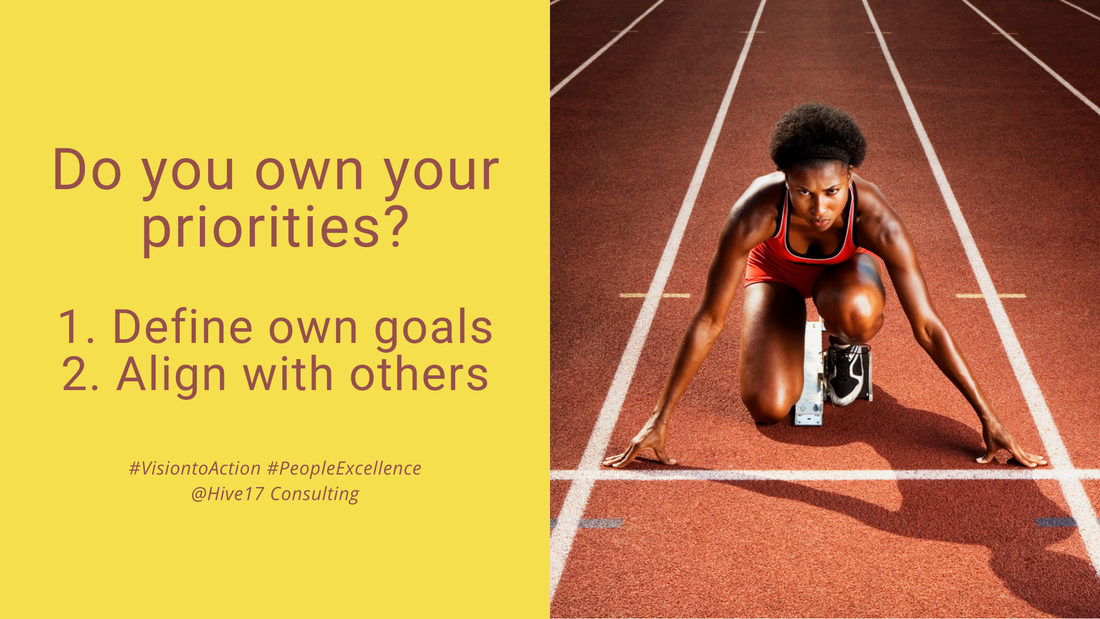

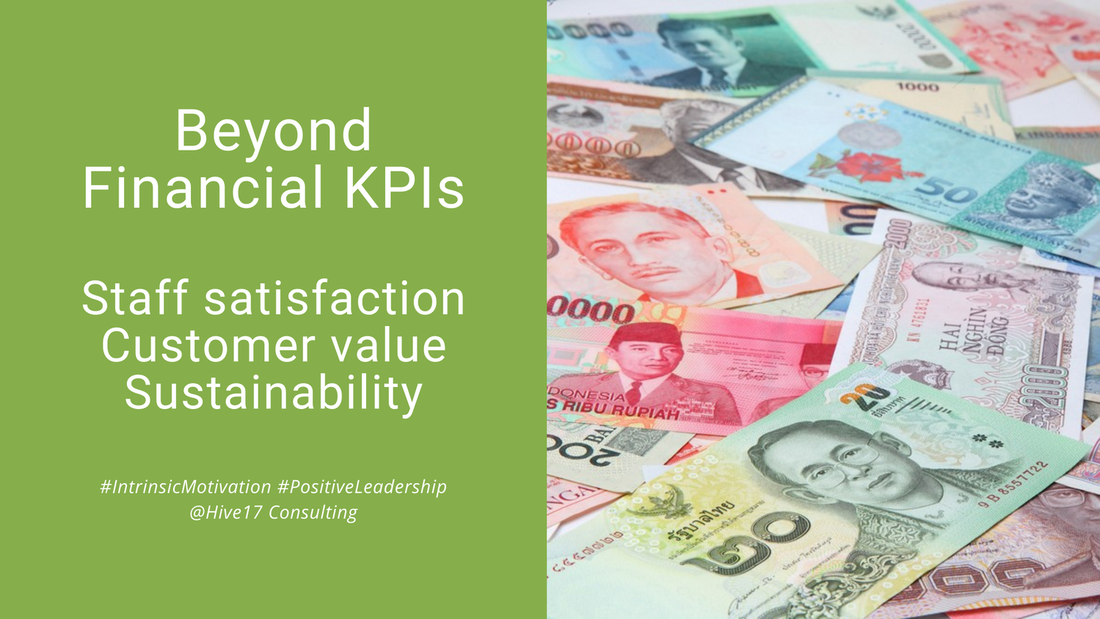
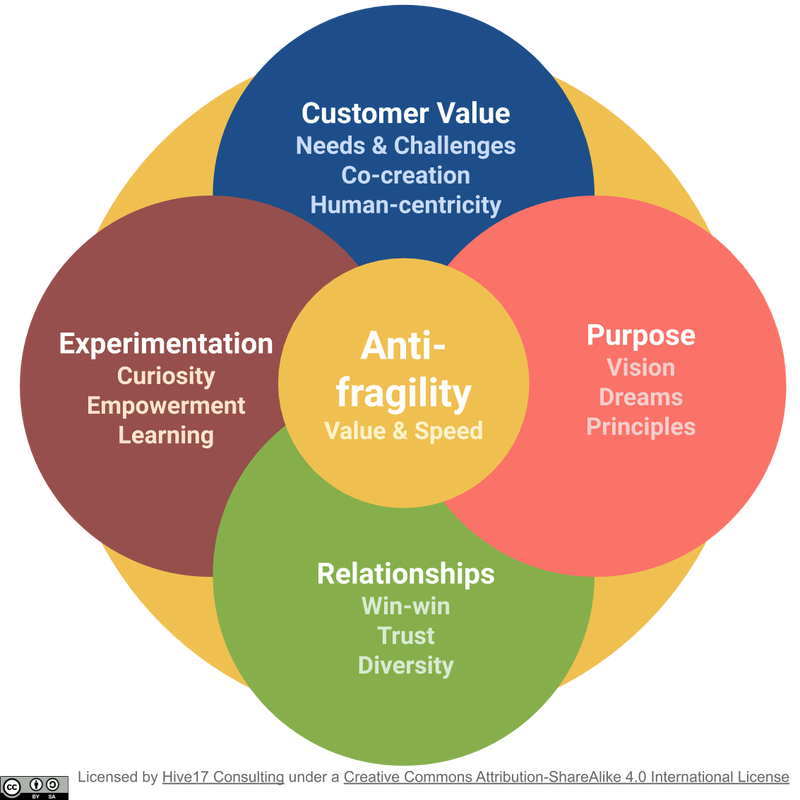


 RSS Feed
RSS Feed